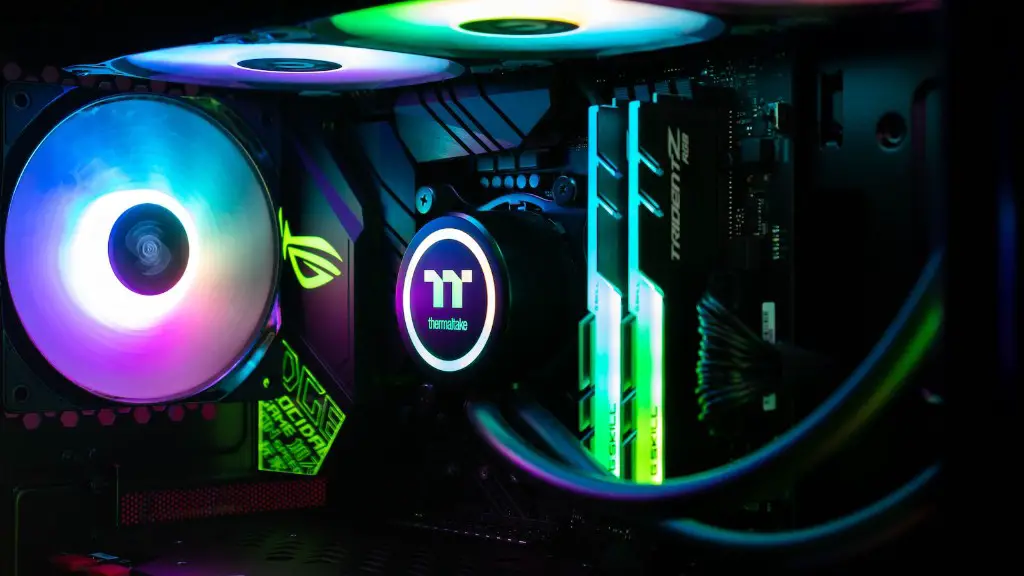When it comes to gaming, you want to have the best gaming monitor possible. To do this, you need to know how to pick the right one. Here are some tips to help you find the perfect gaming monitor:
First, consider your budget. Set a spending limit based on what you can afford and stick to it when shopping. This will help you narrow down your options and make your decision easier.
Next, think about the size and aspect ratio of the monitor. Widescreen and ultra-widescreen monitors are becoming more common, but you may prefer a smaller, 4K monitor if you have space limitations. Think about whether you’ll be playing from a desk or from a couch, and get the size that best fits your situation.
Third, pay attention to the refresh rate and response time. Higher refresh rates will produce smoother motion, while faster response times will reduce motion blur. Gaming monitors usually have a refresh rate of 144 Hz or more and a response time of 4 milliseconds (ms) or less.
Fourth, consider the features. Look for features like Adaptive Sync, which helps reduce screen tearing, or Black Level Adjustment, which can enhance the level of detail in dark areas. Other features to consider include height adjustment, tilt adjustment, and various ports.
Fifth, consider the brand. Different brands have different capabilities and quality. Consider the durability of their products and whether they have good customer service. Also, make sure to read reviews to get an idea of how their monitors preform.
Finally, pick a monitor that best suits your needs. It may take some research, but the effort will be worth it in the end. Keep these tips in mind and you’ll be able to find the right monitor for you in no time.
Monitor Refresh Rate and Response Time
When it comes to gaming monitors, one of the most important factors to consider is the monitor’s refresh rate and response time. The refresh rate of a monitor is the number of times it refreshes the image per second. A higher refresh rate will produce a smoother motion, while faster response times will reduce motion blur. A gaming monitor should have at least a 144 Hz refresh rate and a response time of 4 ms or less. Before making a purchase, have a look at the specs of the monitor and compare its refresh rate and response time with other models.
Besides the refresh rate and response time, you may also want to take into account different features like Adaptive Sync, Black Level Adjustment and height adjustment. Having these features on your monitor can make gaming much more immersive. Do some research and find out which monitors have the features you need and are within your budget.
You should also look into the brand of the monitor. Some brands have better customer service than others, and of course, their products also differ in terms of build quality, performance and other factors. Check out customer reviews and compare different monitors to make sure you’re getting the best value for money.
Size and Aspect Ratio
Another important factor to consider is the size and aspect ratio of the monitor. Widescreen and ultra-widescreen monitors are becoming more common, but you may prefer a smaller 4K monitor if you have space limitations. Consider how far away you will be sitting from the monitor and if you will be playing as a group or by yourself. If you are playing by yourself, you may want to get a bigger monitor for more immersion, while if you’re playing as a group a smaller monitor may be more sensible.
Also, take into account the aspect ratio of the monitor. A standard 16:9 aspect ratio is what you’ll find on most monitors, but you may find other ratios such as 21:9 or 16:10 more suitable for your gaming needs. Decide what aspect ratio is needed for your setup and again, compare different monitors to make sure you’re picking the right one.
The bigger the monitor size, the better immersion you can get, but also the more it can cost. Try to find a monitor with the right size and aspect ratio to fit your budget without compromising on features and performance.
Conclusion
With all this in mind, you should now have a better idea of how to choose the right gaming monitor for you. Set a budget, get a monitor with a suitable aspect ratio and size, and make sure it has a good refresh rate and response time. Compare different brands and models, read reviews, and make sure you don’t miss any important features. With the right monitor, you can take your gaming experience to a whole new level.

